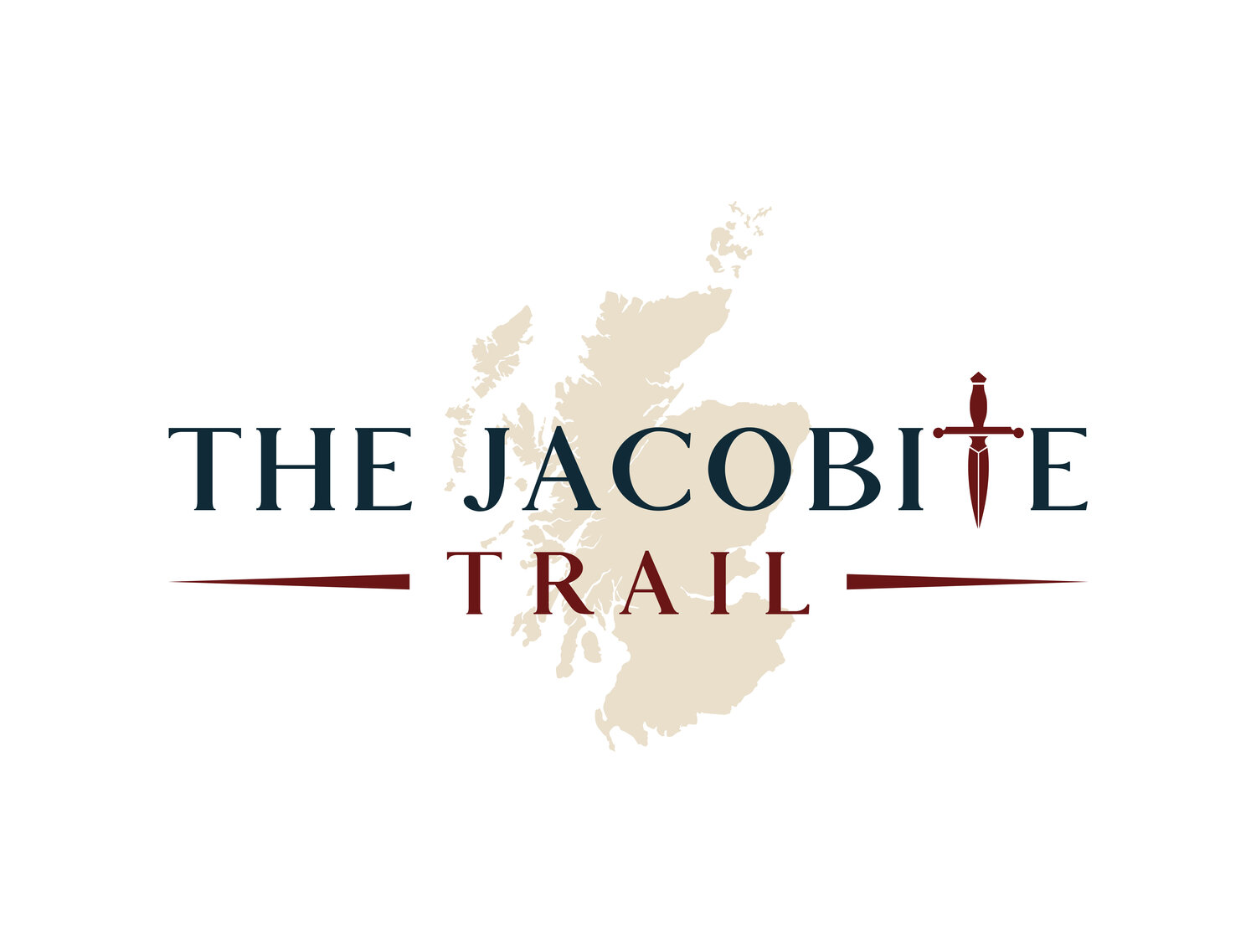
Killiecrankie
• Perthshire •
Killiecrankie is a village in Perth and Kinross, Scotland on the River Garry. It lies at the Pass of Killiecrankie, next to the A9 road. It is a must stop place to visit on our Jacobite trail because in 1689, during the first Jacobite rising, the battle of Killiecrankie was fought on the northern edge of the village. This battle was the first major engagement in the Jacobite wars.
The Battle of Killiecrankie
The Jacobite force was led by John Graham, Viscount Dundee, and the government army they defeated at Killiecrankie was commanded by General Hugh Mackay, a Scotsman in Dutch service.
James II & VII fled into exile in December 1688 after he was deposed in the ‘Glorious Revolution’ in England. In March 1689, he began what was later to be known as the Williamite War in Ireland, with a simultaneously timed rising led by Dundee and known as the Highland War.
Without the men and resources he needed for a prolonged campaign, Dundee decided to gamble on fighting a decisive battle at Killiecrankie. He hoped a victory would attract wider support for the Jacobite cause.
On the morning of 27 July, Viscount Dundee learned that Mackay's government forces were entering the Pass of Killiecrankie. The track here is nearly 3 kilometres long with the River Garry on the left and steep hills on either side. Sir Alexander McLean and 400 men were sent to skirmish with the advance guard, while Dundee assembled the rest of his troops on the lower slopes of Creag Eallich, north of the pass.
As they advanced into the pass, the government army was at a serious disadvantage: they had the Jacobites on the high ground above them, the river behind them, and the narrow track they were on making advance or retreat equally hazardous. Mackay took probably the only option he had and halted, moving off the track and deploying his troops facing uphill in a long line only three men deep to maximise their firepower.
The Jacobites formed into columns and were in position by late afternoon but Dundee decided to wait until sunset to begin his attack. The government forces outnumbered the Jacobites at nearly 4000 to just 2000, and the Jacobites lacked the uniformity - in equipment and clothing - of the government troops. But none of this mattered when they deployed their signature tactic: the Highland charge.
The government troops’ front line managed to fire three volleys, killing nearly 600 Highlanders but their fire was partly masked by a shallow terrace on the hillside, and their right wing was overwhelmed when the Highland charge struck home. Following their usual tactics, the Highlanders fired a single volley at 50 metres, then dropped their muskets, and using axes and swords crashed into Mackay's line. The Highland charge broke the government troops and almost all of them fled.
The Battle of Killiecrankie had been won by the Jacobites in less than 30 minutes. And although it did result in both an unexpected and stunning victory, the Jacobites suffered heavy casualties and Dundee himself was killed in the final minutes. It did little to change the overall strategic position, because the Jacobites were unable to take advantage of their success.
Government casualties were in excess of 1,200 whilst hundreds more were killed in the subsequent pursuit. Hugh Mackay survived and arrived back in Stirling with the remnants of his army - now reduced to a mere 500 men. By contrast Jacobite casualties were around 1,000, most of whom had been killed or wounded in the initial government volleys, but they had also lost their inspirational and effective leader. The army returned to Blair Castle where Colonel Alexander Cannon, commander of an Irish Regiment, took command of the entire force.
Soldiers Leap
During the retreat, one fleeing government soldier felt like the only means of escape was a spectacular 18ft leap across the fast-flowing River Garry. Amazingly he survived this and the soldier, who was called Donald MacBean, recalled the event in his chilling memoir published in 1728:
‘The sun going down caused the Highlandmen to advance on us like madmen, without shoe or stocking, covering themselves from our fire with their targes; at last they cast away their musquets, drew their broadswords, and advanced furiously upon us, and were in the middle of us before we could fire three shots apiece, broke us, and obliged us to retreat.
Some fled to the water, and some another way (we were the most part new men). I fled to the baggage, and took a horse in order to ride the water; there follows me a highlandman with sword and targe, in order to take the horse and kill myself. You’d laught to see how he and I scampered about. I kept always the horse betwixt him and me: at length he drew his pistol, and I fled; he fired after me.
I went above the Pass, where I met with another water very deep; it was about 18 foot over betwixt two rocks. I resolved to jump it, so I laid down my gun and hat and jumped, and lost one of my sloes in the jump. Many of our men were lost in that water.’
If you visit the sight of the Battle of Killiecrankie today you can walk out to the point at which MacBean made his famous leap but it is definitely not for the faint hearted!
Visiting Killiecrankie
The Scottish tourism board describes Killiecrankie as the place where history and natural heritage meet. Whether you want to learn more about one of the goriest battles in Scottish history at the newly built visitor centre, on whether you just want to rest on the footbridge and admire the autumnal flowers, unusual fungi and spot the array of local wildlife, we’d highly recommend a visit
Visitor Centre
Getting There
Location
Killiecrankie
Near Pitlochry
Perthshire
PH16 5LQ
What3Words reference
Visitor Centre - surfacing.blubber.tight
Soldier’s Leap - flips.wishing.tastes


